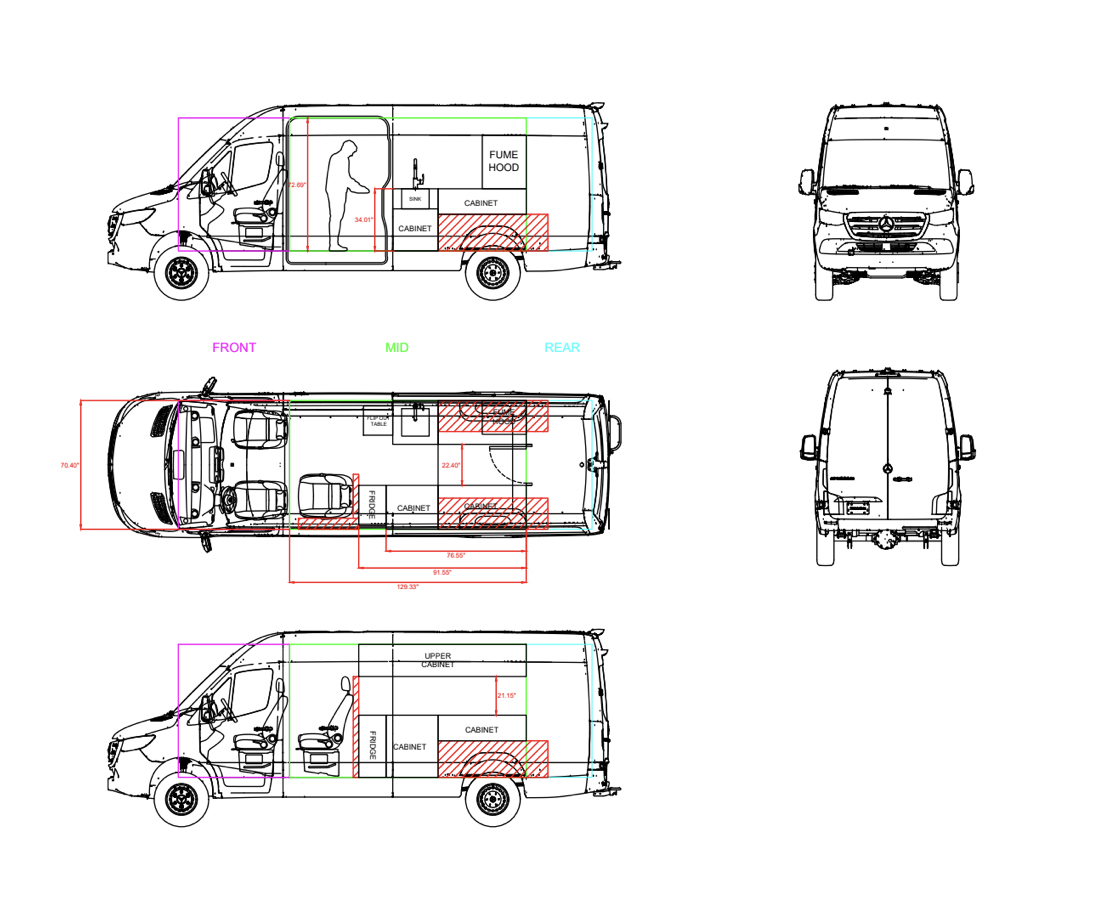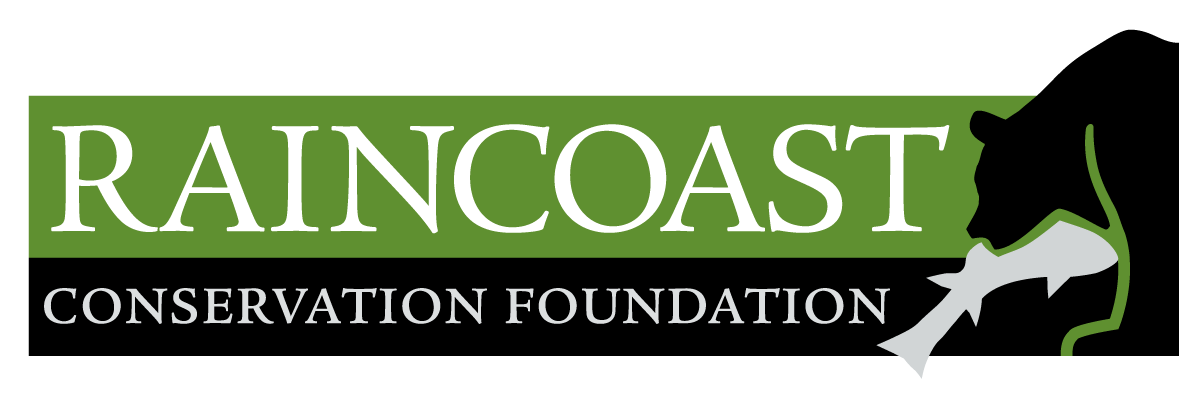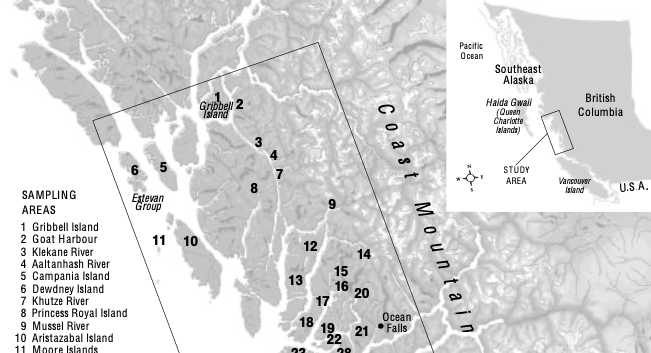You can help us raise funds for a mobile lab
We need your support to realize the dream of an innovative mobile lab, Tracker.

So far we’ve raised $160,152 of $305,000
Our Healthy Waters Program investigates pollution from headwaters to deep waters in support of salmon, whales, and people. We are now raising funds to build a fully functional mobile laboratory, which will be available for regular onsite water quality assessments. Tracker will allow us to engage directly and transparently with stewards and staff in various watersheds in BC and allow for immediate evaluations.

For salmon, whales, and people
For the last decade, we have achieved meaningful threat reduction measures that support the recovery of at-risk Pacific wild salmon and endangered Southern Resident killer whales.
The Healthy Waters team is currently working with a dozen watershed partners, addressing their pollution concerns and establishing baseline data. Tracker will allow us to test for more contaminants of concern and contribute to solution-oriented measures, including policy change, regulations, best practices, and habitat restoration.
Water creates and sustains healthy habitats for salmon and for killer whales, and provides drinking water for people. Tracker will be a valuable asset to dozens of watersheds in BC delivering expert insight into detected pollutants, and supporting community water pollution solutions.
Tracker will fill a void
There currently exists no standardized, high quality water monitoring across jurisdictions in BC, limiting our understanding of emerging pollution concerns. We, the greater public, are therefore unaware of invisible contaminant threats to fish habitat, and surprised and perplexed by the occasional fish die-off, low returns, and the implications for fish-eating Resident killer whales.


Measuring hundreds of contaminants
Tracker will host a number of rugged analytical instruments, and enable the measurement of several contaminants in the field, including coliform bacteria, nutrients, metals, pesticides, and tracers of wastewater effluent. Tracker will be able to provide an early and rapid assessment of the health of fish habitat, and will collect samples for additional analyses by partnering service labs. The latter will measure contaminants that can only be analyzed in specialized labs, including pharmaceuticals and perfluoroalkyl substances (PFAS; ‘forever chemicals’). The combined dataset will be summarized and shared within and among watersheds.
We need your help
In late 2023, we acquired the vehicle that will be converted into Tracker. We are now designing the interior layout and identifying candidate lab instruments that may be deployed with Tracker.
We are seeking funds to complete this project, notably by:
- Contributing to the design and modification of the vehicle
- Contributing to educational and training material design for watershed partners
- Contributing to the acquisition of analytical equipment for the mobile lab
- Contributing to field and safety gear




